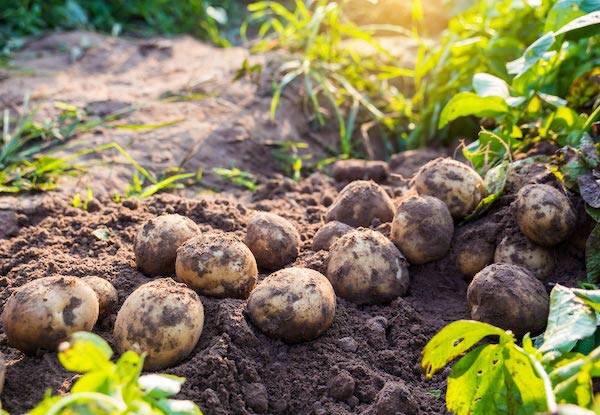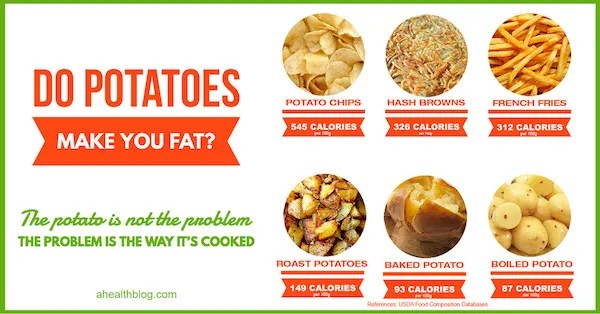The humble potato is a tuber that grows on the roots of its plant, similar to a host of other vegetables like carrots, onions, and turnips. The versatile spud also happens to be America’s favorite vegetable, with an average of 120 pounds of potatoes per person consumed every year. That’s double the amount of the next largest consumed veggie, lettuce. But lettuce could jump to the top spot if new dietary guidelines that remove potatoes from the vegetable category are adopted.
Dietary guidelines are set by the U.S. Departments of Agriculture (USDA) and Health and Human Services (HHS) and are updated every 5 years. The guidelines are developed and written for a professional audience, including policymakers, health care providers, and nutrition educators. Additionally, it sets the nutritional standards for state and federal programs such as school lunches and food stamps.
The guidelines can also shape consumer choices and even their perceptions of how “healthy” a food might be. For instance, the federal guidelines starting in the 1980s warned against eating too many eggs due to cholesterol concerns. As a result, annual US egg consumption plummeted by approximately -170 eggs per American from 1970 to the early 1990s, bottoming out at around 229 per person in 1992. But in 2016, based on new evidence, the government changed its mind about eggs and removed their restriction recommendations. Egg consumption has climbed around +6% since then to 279 eggs per person in 2022. That’s projected to climb to 285 eggs per person in 2023.
The proposed rule change for potatoes differs from eggs in that potatoes would be reclassified, whereas eggs were assigned consumption limits. Still, the potato industry is concerned that the new guidelines could have a similar impact on consumer demand.
Currently, potatoes are classified as “starchy vegetables.” The Advisory Committee that informs USDA and HHS on its Dietary Guidelines has recommended potatoes be moved to the “grains” category. Kam Quarles, CEO for the National Potato Council, argues that “starchy vegetables and grains are two vastly different food groups that play distinctly different roles in contributing nutrients to the diet.”
Quarles’ comment came during testimony before the Advisory Committee, in which he also stressed that potatoes are the most widely produced vegetable in the U.S. “The suggestion to reclassify potatoes as a non-vegetable is not grounded in any scientific metric,” Quarles told the committee. “Instead, it apparently involves arbitrary preferences of meal substitution. This unsupported notion, if acted upon, will confuse consumers, could result in nutrient gaps, and also decreased vegetable consumption.”
Nutritionists are divided on the subject. Lilian Cheung, lecturer of nutrition at the Harvard T.H. Chan School of Public Health, argues that potatoes are not a vegetable “from a nutrition point of view.” According to Cheung, potatoes behave similarly to refined carbohydrates. Harvard’s school of public health compares potatoes’ effects on blood sugar to that of a can of cola or a handful of jelly beans. Other nutritionists disagree, pointing out that they are a rich source of potassium and fiber, as well vitamins C and B6.
All nutritionists, however, agree that health benefits of potatoes are mostly offset when they are deep-fried. Nearly half of all potatoes consumed in America go into frozen products, the majority of which are french fries, according to the USDA. But arguably, preparation shouldn’t be part of the litmus test, otherwise, the nutritional value of numerous other foods, such as dairy (ice cream and cheese) and even fruits (pie and candy) would theoretically need to be reconsidered.
Interestingly, the grains industry is also concerned about the potato reclassification. The Grain Chain, a coalition of grain industry sector stakeholders, including the National Association of Wheat Growers, the USA Rice Federation, and the American Bakers Association (ABA), told the Advisory Committee that it was concerned consumers may replace grains with starchy vegetables based on the proposed guidelines. The group also cautioned that the changes “could further exacerbate nutrient shortfalls.” (Sources: GoGrains.org, The Wall Street Journal, US News, USDA)







